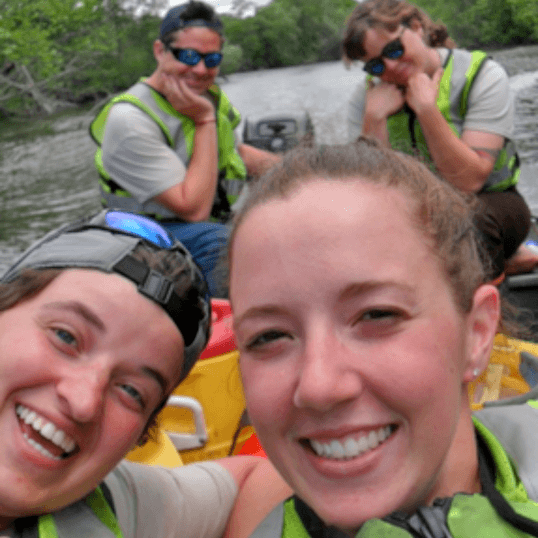Member Stories
A week in the life… a photo blog
A week for the water trails crew is quite a bit different than the other crews located in the Central District. Learn more in Melissa Gearman's photo blog post. Read More
Shining Star of the Bay
Deployed in Texas working on flood relief was hectic. I didn’t realize that it was all just smoke preparing to become fire. “It’s time to say your last words to Louis, the doctors say he won’t make it through the night,” I heard from my close friends. My best friend and brother had been hit by a car. He was in critical condition in my hometown of Benicia, California. Read More
Hidden treasures
The NPS roving crew has been busy controlling invasive woody plants in the prairies at George Washington Carver National Monument and Wilson’s Creek National Battlefield this past month. The amount of invasive species in the prairies is overwhelming and at times feels like a lost cause, but past GIS data shows great progress. By fighting back invasive species, we begin to see more native species returning to the prairie, such as the nodding ladies’ tresses (Spiranthes cernua). Read More
Wildlife encounters: 2nd entry, spiders!
“It’s a horrible monster!” Pete yelled as the rest of our crew (YO2) and YO3 quickly gathered around him.“What is it, Pete?” I asked.“It’s a horrible monster,” he said again, pointing to a glove lying on the path.I looked down at the glove and didn’t notice anything out of the ordinary at first, but as I bent down for a closer look I saw a giant spider scurrying across the mulch-covered pavement. Read More
Footprints
As an avid hiker and one new to living in the city, I always find paved trails a little boring. A miniature road with rules, boundaries, restrictions and likely social encounters… I’d rather pass. My type of hike is over soil, rocks and streams; discovering places few people have been before. As a conservationist, this leaves me conflicted. I know the importance of staying on the path to keep critical species alive and invasive species out, but I want to see what lies just over the next hill, around the next turn! Read More
Keep on going
As difficult as things can get – at home, at work, anywhere you go – it helps to keep up a positive mental attitude (PMA). Whether we’re working on a project we absolutely love, or a project that is just defeating our crew, we simply keep going. Read More



